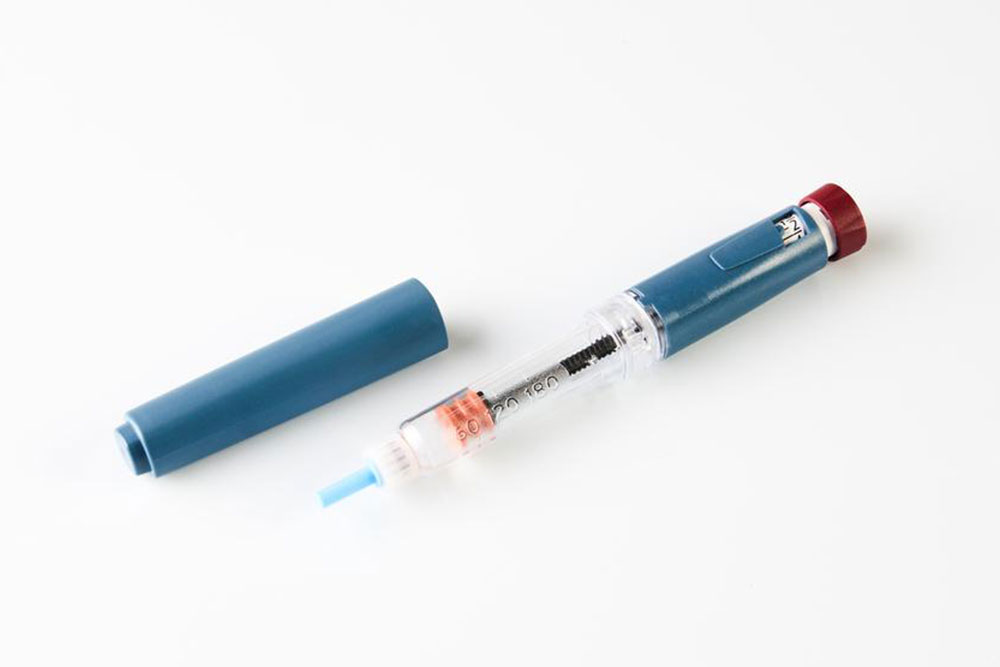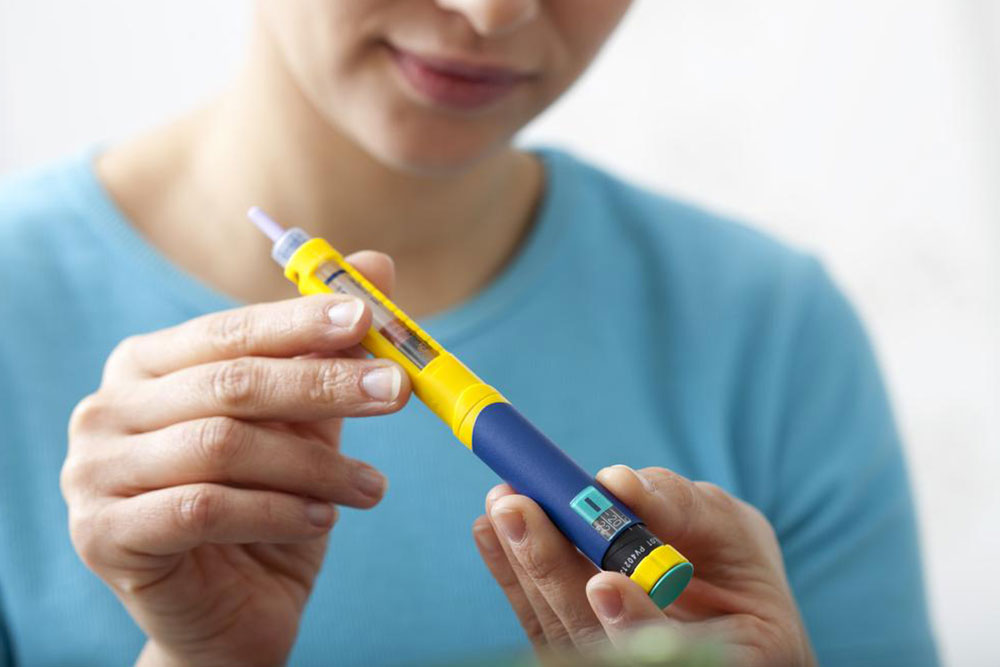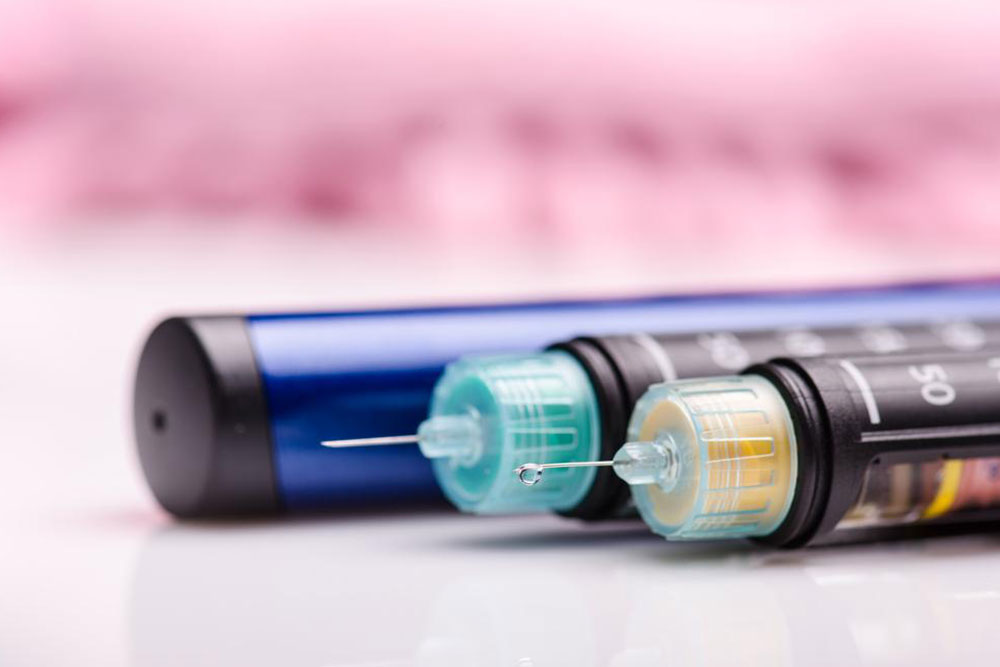Are Insulin Pen Prices Justified? An In-Depth Look
This article explores whether paying the higher cost of insulin pens is justified, highlighting their benefits such as ease of use, accuracy, portability, and reduced injection anxiety, especially among children. It explains how insulin pens work and compares them to traditional injections, providing insights into their value for diabetes management. The piece aims to inform readers about the advantages of insulin pens and reasons for their premium price, aiding better healthcare decisions for diabetics.

Are Insulin Pen Prices Justified? An In-Depth Look
Managing diabetes and elevated blood sugar levels remains a critical concern across the United States. Over recent decades, its prevalence has increased exponentially, impacting diverse age groups. While various medications help control blood sugar, insulin remains the most effective treatment. In addition to traditional injections, insulin pens are now widely used for convenience. Although these pens tend to be more expensive than standard syringes, their benefits may justify the cost.
Understanding how insulin pens work and their advantages can clarify why paying a premium might be worthwhile.
Insulin pens operate using small cartridges, typically 4-6mm, ensuring user comfort. Dosage is prescribed by healthcare providers and can be administered before the cartridge expires. These devices eliminate the need to pinch the skin, enabling simple injections directly into the skin.
Advantages of Using Insulin Pens
One of the main benefits is their user-friendly design, which simplifies insulin delivery. Beyond ease of use, these pens provide precise measurement of medication, aiding in optimal blood sugar management. Their portability makes them suitable for on-the-go use. Children who fear traditional injections may find insulin pens less intimidating due to smaller needles. Additionally, many models feature memory functions, allowing users to track the last dose administered. For example, a pack of five Lantus SoloSTAR 100U/ml 3ml pens costs around $415. Alternatives like insulin pump therapy are also available to improve diabetes management.









